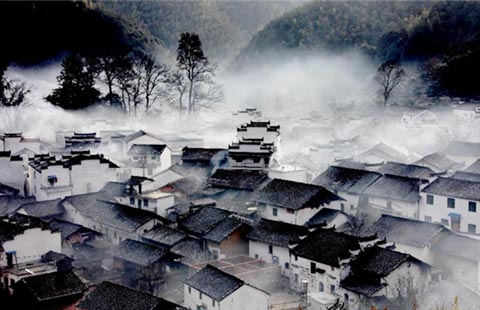China pavilion's Milan debut with nature design
By Sun Yuanqing ( China Daily ) Updated: 2015-04-24 07:47:07
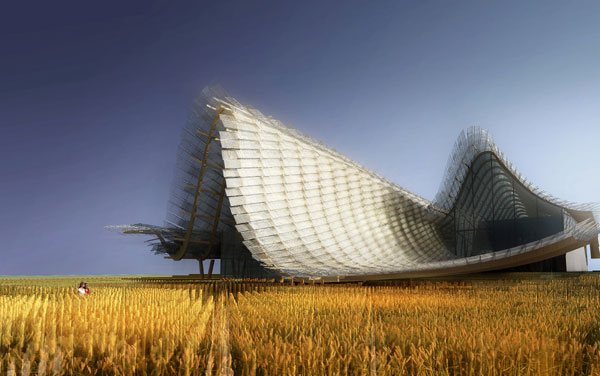 |
|
[Photo provided to China Daily] |
China's first overseas exposition pavilion will debut in Milan on May Day.
With an area of 4,590 square meters, it will be the second largest national pavilion after Germany's. The theme for this year's Milan Expo is agriculture and food, in a bid to raise awareness about food security and better lifestyles.
The China pavilion has been designed by a team from the Academy of Arts and Design at Tsinghua University. It is built on the idea of "the land of hope", inspired by China's vast fields and natural resources.
Chinese agriculture, based on the routine of nature, is at the "root" of the design, says Su Dan, project leader and president of the environmental art council at Tsinghua University.
"Chinese agriculture is heavily influenced by the thinking of 'man being an integral part of nature'. And we want to share that with the audience," he says.
The architecture integrates the inner space with the outside. The waving roof connects with the skyline of the city. The interior is decorated with imitations of the field. The roof of the pavilion is covered with bamboo mesh, which acts as an energy-efficient filter for daylight.
The visitors can enter the pavilion on the southeastern corner and exit on the southwest, which is the most efficient route through the pavilion. The waiting area is inside the building so the audience can sit and watch an introduction to Chinese agriculture on LED screens while waiting.
Inside, the exhibition will introduce the most influential people in China's agricultural history like Yuan Longping, developer of the first hybrid rice varieties, and Song Yingxing, a Ming Dynasty (1368-1644) scientist and encyclopedist.
The visitors will then see a demonstration of the diversity of China's landscape in different seasons, as well as explanation of the philosophy of "harmony" and its impact on Chinese agriculture.
Expo Milan runs from May 1 to Oct 31. More than 150 countries and organizations are expected to participate.
|
|
|
|
|
|
|
|
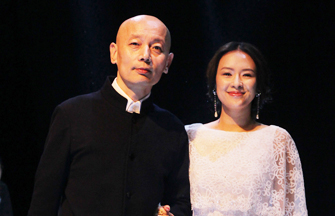
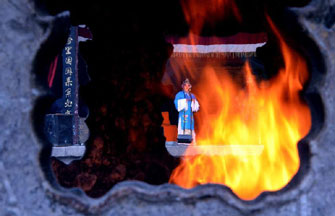

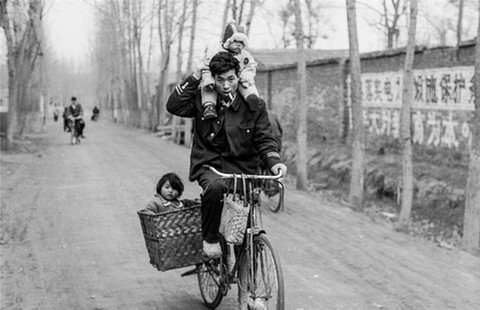

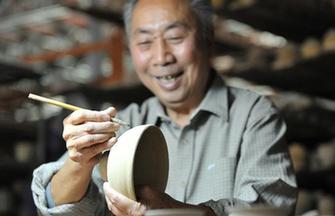
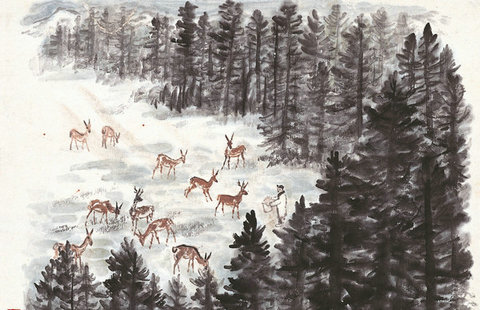

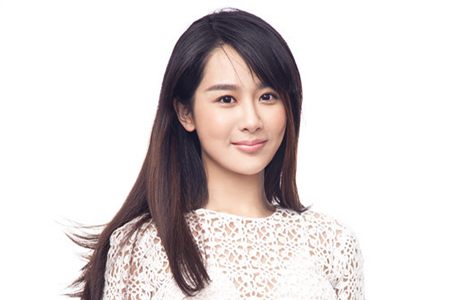
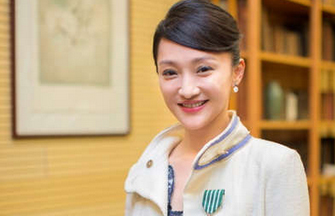










 Raymond Zhou:
Raymond Zhou: Pauline D Loh:
Pauline D Loh: Hot Pot
Hot Pot Eco China
Eco China China Dream
China Dream China Face
China Face





